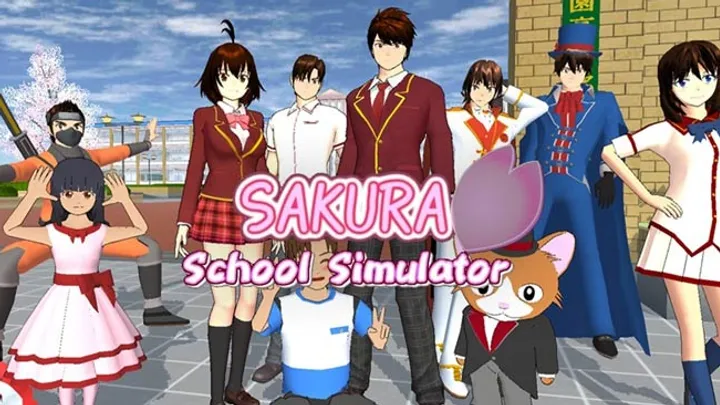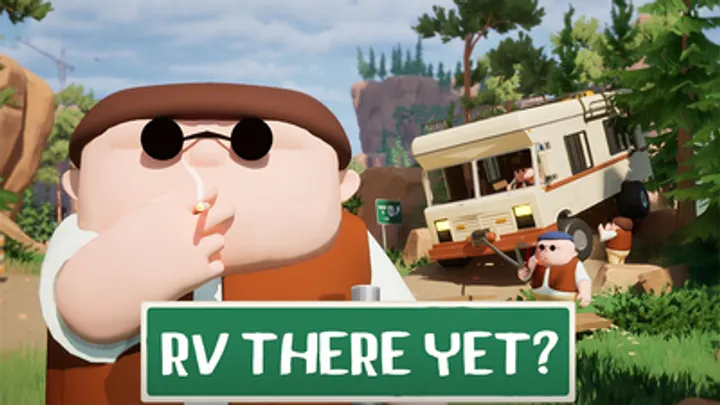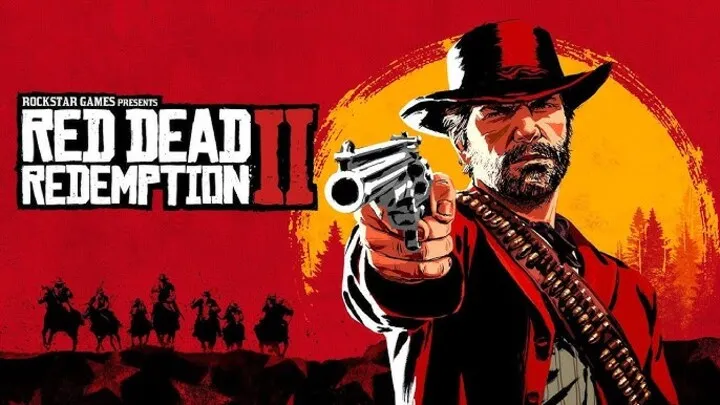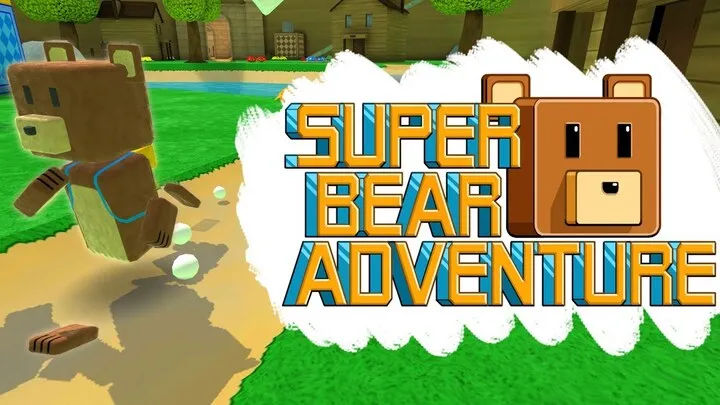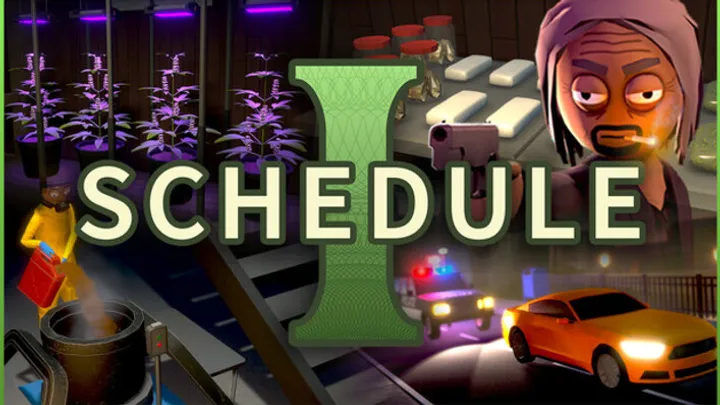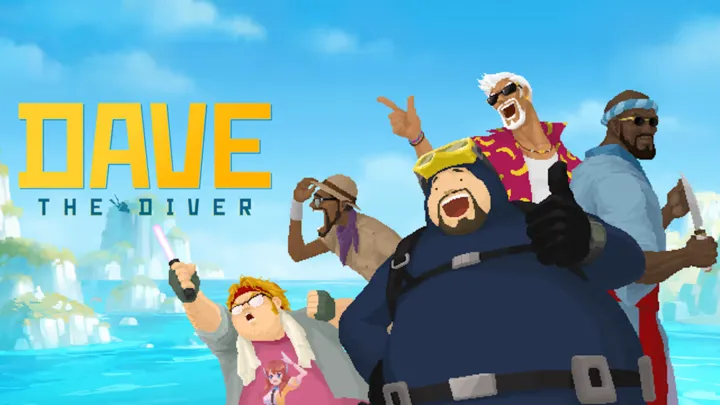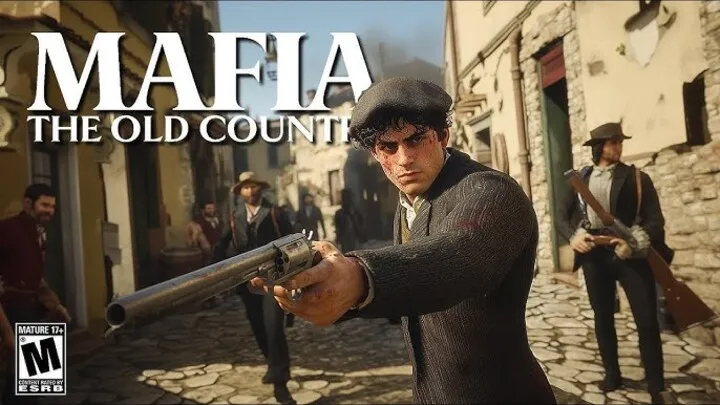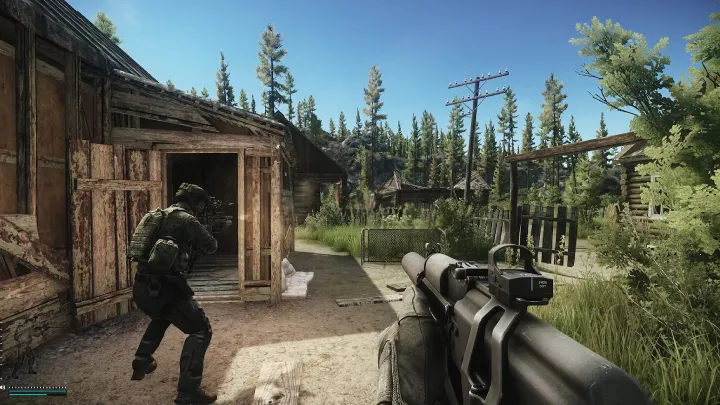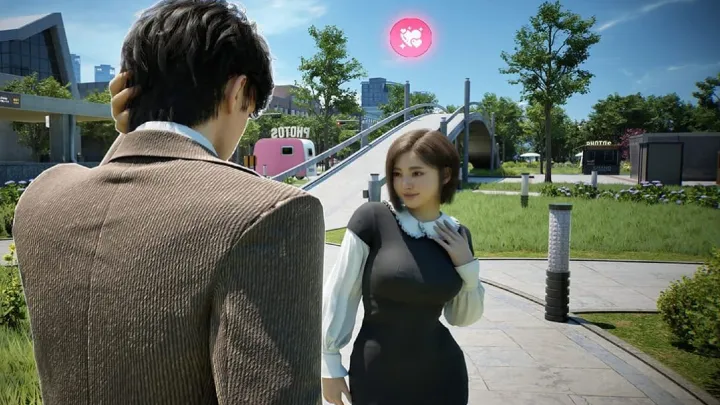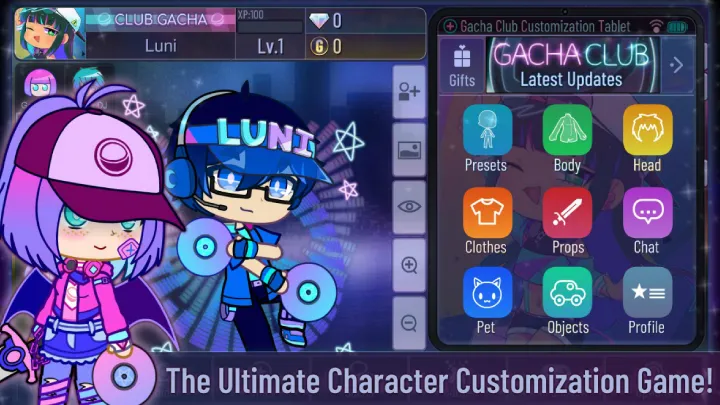1. The Mindset of a Survivor
Before you even touch the keyboard, you need to understand what kind of game PUBG really is.
1.1 Survival First, Kills Second
Many beginners play PUBG like Call of Duty — they sprint toward gunfire, chase every enemy, and die within minutes. That’s not mastery; that’s recklessness. The core principle of PUBG is survival. Outlasting your opponents matters more than outgunning them.
Success comes from positioning, patience, and awareness. The smartest player, not the most aggressive one, wins.
1.2 Mental Strength and Calm
In PUBG, tension is constant. The slow build-up, the quiet moments, the sudden bursts of violence — they all test your nerves. Master players remain calm in chaos. Whether you’ve been shot at, cornered in a house, or lost a teammate, composure allows you to make rational choices while others panic.
2. The Art of the Drop
2.1 Choosing Your Landing Zone
Your first decision sets the tone for the entire match. Where you land determines your loot, your safety, and your strategy.
- Hot Drops (Pochinki, Bootcamp, Hacienda del Patrón):
- Perfect for players seeking early fights and quick gear. But one mistake means instant death.
- Safe Drops (Lipovka, Taego Villages, outskirts of Miramar):
- Great for slower, methodical starts where you can gather supplies and plan your approach.
Pro players often pick zones on the edge of the flight path — less crowded but still rich in loot.
2.2 Perfecting the Landing
When you jump, aim your camera about 45 degrees downward toward your destination and maintain a steady descent. The goal is to land before others — those few seconds can mean life or death.
As soon as you land, sprint for the nearest building and grab any weapon. Even a pistol or crowbar can win you an early fight.
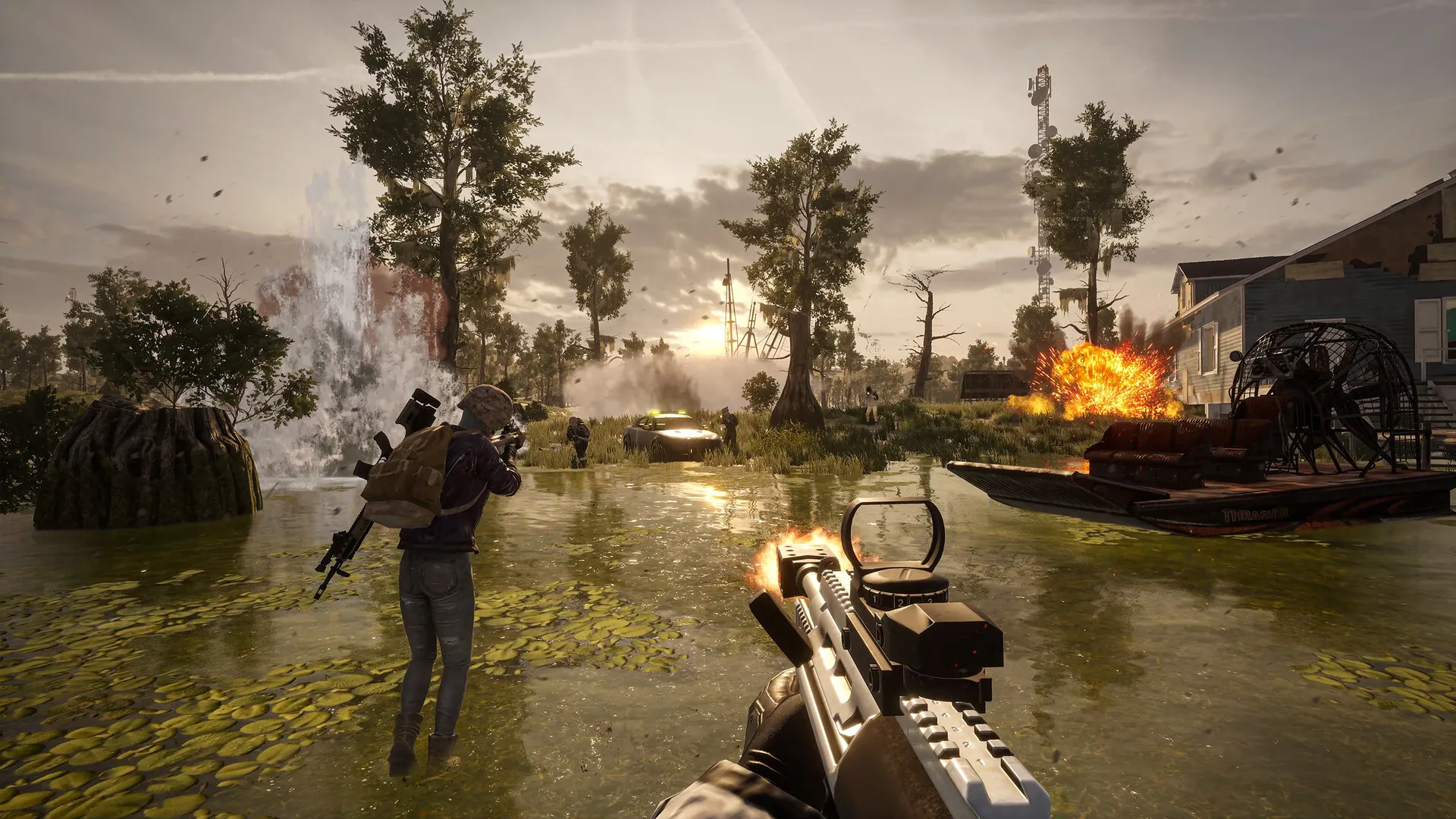
3. Looting Like a Professional
3.1 Loot Priorities
Looting efficiently is an art. Don’t pick up everything you see — be intentional.
- Primary Weapon (AR or DMR): M416, Beryl, or Mini-14.
- Secondary Weapon: SMG (UMP45) or shotgun for close quarters.
- Armor: Level 2 or 3 helmet and vest.
- Healing: First-aid kits, energy drinks, painkillers.
- Throwables: At least 2 frags and 2 smokes.
Always carry a balanced mix — your inventory space is limited, and overloading slows you down.
3.2 Inventory Management
Efficient looting means quick decisions.
- Drop ammo for guns you no longer have.
- Keep 150–200 rounds for your main gun and 60–90 for your secondary.
- Don’t carry more than one stack of first-aids or too many grenades.
- Use the quick loot key (Alt + Left Click) to optimize speed.
4. Weapon Mastery and Combat Fundamentals
4.1 Learning Recoil Control
Every weapon in PUBG has a distinct recoil pattern. Spend time in Training Mode to master them.
- M416 + Vertical Grip + Compensator: Balanced and steady.
- Beryl M762: High damage, harder to control — ideal for experienced players.
- DP-28: Excellent stability for mid-range suppression.
- Kar98k: Classic bolt-action sniper, deadly when aimed properly.
Use short bursts instead of holding down the trigger. Recoil is much easier to manage that way.
4.2 ADS vs. Hip Fire
- ADS (Aim Down Sights): Best for long to medium-range engagements.
- Hip Fire: Ideal for panic fights inside buildings. Keep your crosshair at chest height.
4.3 Grenades — The Secret Weapon
Throwables win matches.
- Frag Grenades: Flush out campers or clear rooms.
- Smoke Grenades: Revive teammates, block vision, or create cover for rotation.
- Molotovs: Deny space, especially stairways or doors.
Mastering grenades separates average players from elite survivors.
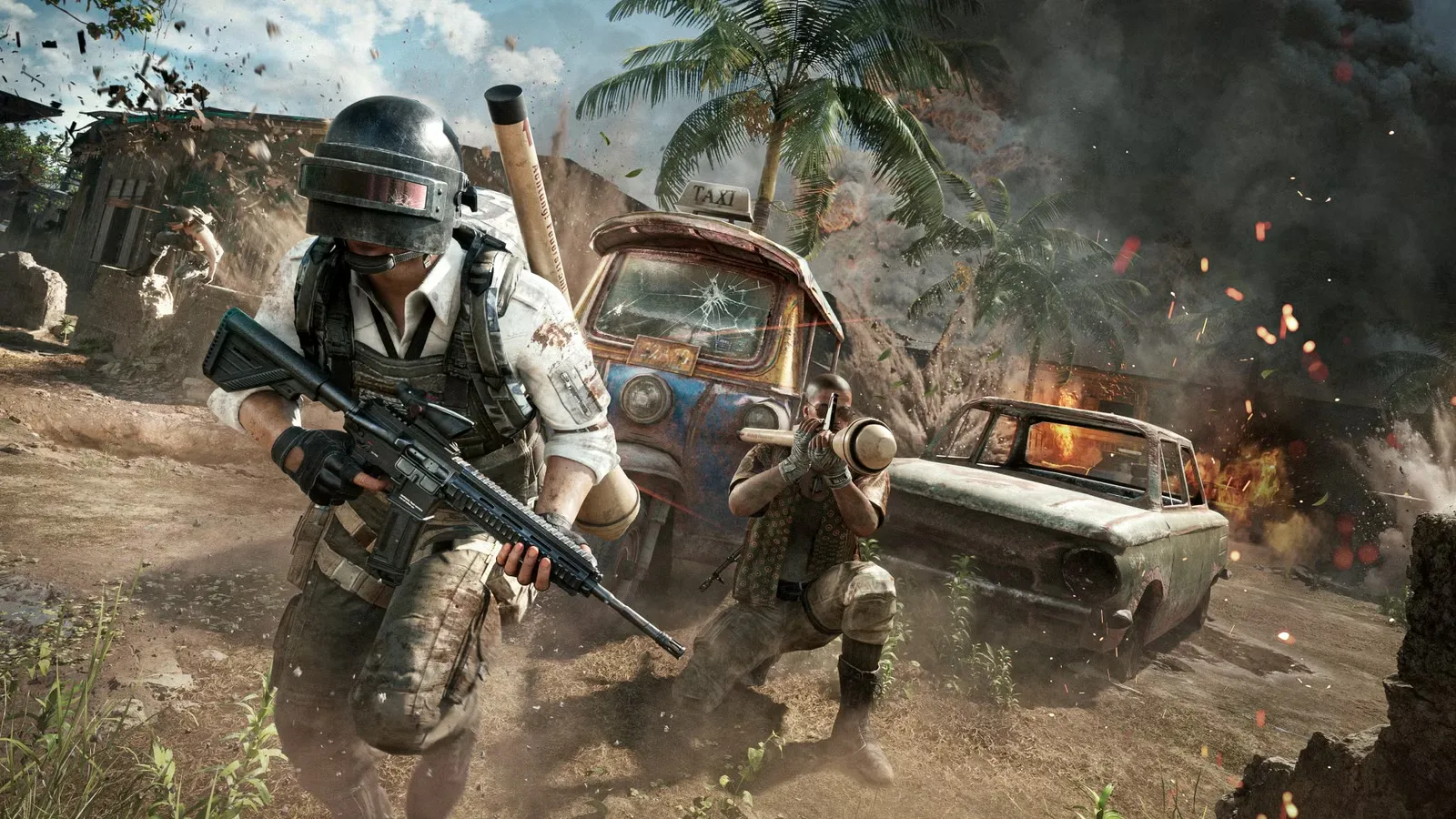
5. Map Knowledge and Rotation Strategy
5.1 Understanding Each Map
- Erangel: The classic balance of urban and rural terrain — ideal for learning fundamentals.
- Miramar: Sniper heaven. Learn to use high ground effectively.
- Taego: Offers revival mechanics — riskier but rewarding.
- Sanhok: Fast-paced, small, and close-quarters combat heavy.
5.2 Circle Management
PUBG’s blue zone is the silent killer. Always plan ahead of the circle.
- Edge Strategy: Stay near the blue zone and catch rotating players.
- Center Strategy: Secure a building near the center early — but beware of being surrounded.
When the next circle is revealed, move immediately. Delayed rotations often result in ambushes.
6. Vehicles — Your Lifeline on the Move
6.1 Choosing the Right Ride
- UAZ (Jeep): Durable, excellent for squads.
- Dacia: Fast but fragile.
- Motorbike: Extreme speed; requires skill to handle.
- Boat: Only useful for maps like Erangel or Sanhok.
6.2 Vehicle Tactics
- Always park your vehicle facing your escape route.
- Don’t drive into urban areas at full speed — it alerts enemies.
- Use your car as mobile cover in open zones.
Vehicles make you loud but fast — use that tradeoff strategically.
7. The Power of Sound and Awareness
Sound is your most powerful weapon in PUBG.
7.1 Listening to Footsteps
- Footsteps are louder on wood, quieter on grass.
- Distinguish between walking, running, and crouching movement sounds.
- Use high-quality headphones and set your volume high enough to hear subtle cues.
7.2 Reading Gunfire
Every gun has a unique sound profile. With experience, you’ll learn to tell a Kar98k shot from an M416 burst — and approximate how far away it is.
7.3 Using FPP and TPP Smartly
In third-person (TPP), use camera angles to peek around corners safely.
In first-person (FPP), you gain better accuracy and focus in tight fights. Switch based on context.
8. Team Play and Communication
8.1 Squad Roles
Even in casual matches, defining roles gives structure to your team:
- Leader: Calls rotations and plans engagements.
- Scout: Moves ahead to gather intel.
- Support: Carries healing items and smokes.
- Sniper: Controls long sightlines.
8.2 Effective Communication
Good communication is about clarity and calmness. Use short, direct callouts:
“Two enemies, 240 degrees, red house, second floor.”
Avoid emotional chatter or panic yelling. A clear callout can save the entire squad.
8.3 Revive and Recovery
If a teammate is knocked down:
- Smoke the area.
- Clear threats before reviving.
- Heal immediately after.
Reviving recklessly often leads to team wipes.
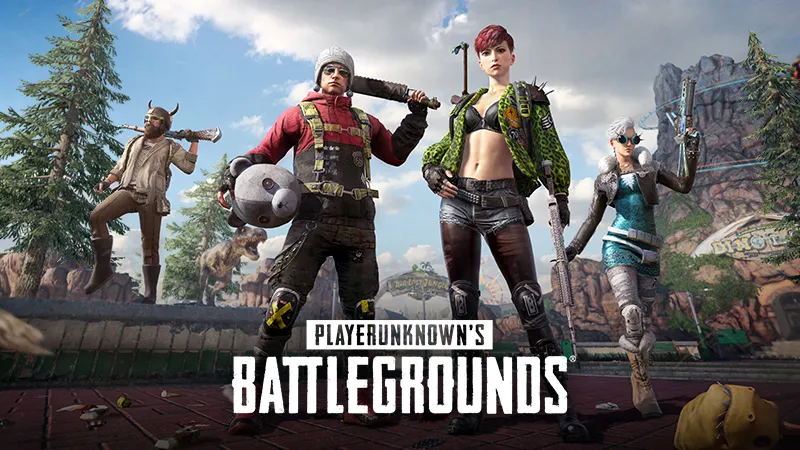
9. The Endgame — From Top 10 to Chicken Dinner
9.1 The Shrinking Battlefield
The final circles are where true mastery shines. Every sound and move counts.
- Avoid Open Fields: Always move from cover to cover.
- Use Smoke Strategically: Create visual confusion before moving.
- Stay Low: Crouch or prone in tall grass to reduce visibility.
9.2 Positioning for Victory
High ground isn’t always best — it makes you visible.
The ideal position is one that gives cover, sightlines, and escape options.
Always pay attention to the direction of the circle closure. Enemies caught outside the blue zone are easy prey.
9.3 Final Fights
In the last 1v1 or 1v2, nerves can ruin even great players.
- Don’t rush. Let the opponent move first.
- Pre-aim common cover spots (trees, rocks).
- Use sound baiting — throw grenades to misdirect.
One good decision here is worth all your earlier kills.
10. Continuous Improvement
10.1 Use Replays and Training Mode
Review your matches to identify mistakes — poor rotations, bad positioning, or missed shots.
Use Training Mode to perfect recoil and weapon switching.
10.2 Keep Up With the Meta
PUBG’s updates constantly tweak gun balance and item availability. A gun that was meta last month might be weak today. Read patch notes and watch pro tournaments to stay informed.
10.3 Develop Emotional Resilience
PUBG is punishing. Sometimes you’ll die instantly after a 30-minute match. Don’t rage. Analyze, adapt, and try again. Every defeat carries a lesson.
10.4 Play with Better Players
The fastest way to improve is to play with those better than you. Learn from their positioning, callouts, and decision-making. Don’t be afraid to ask for feedback.
